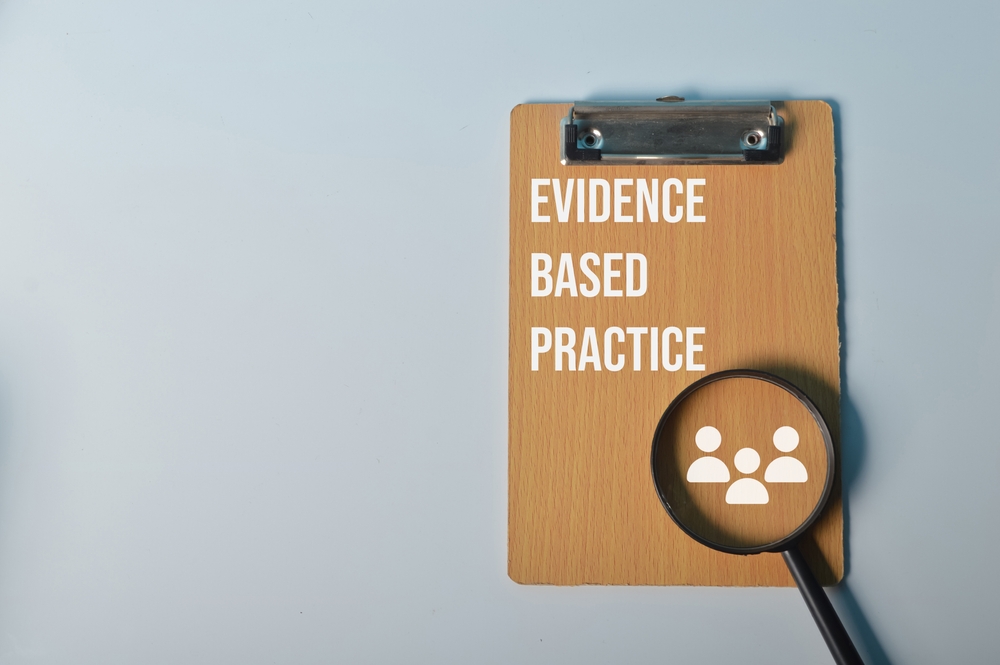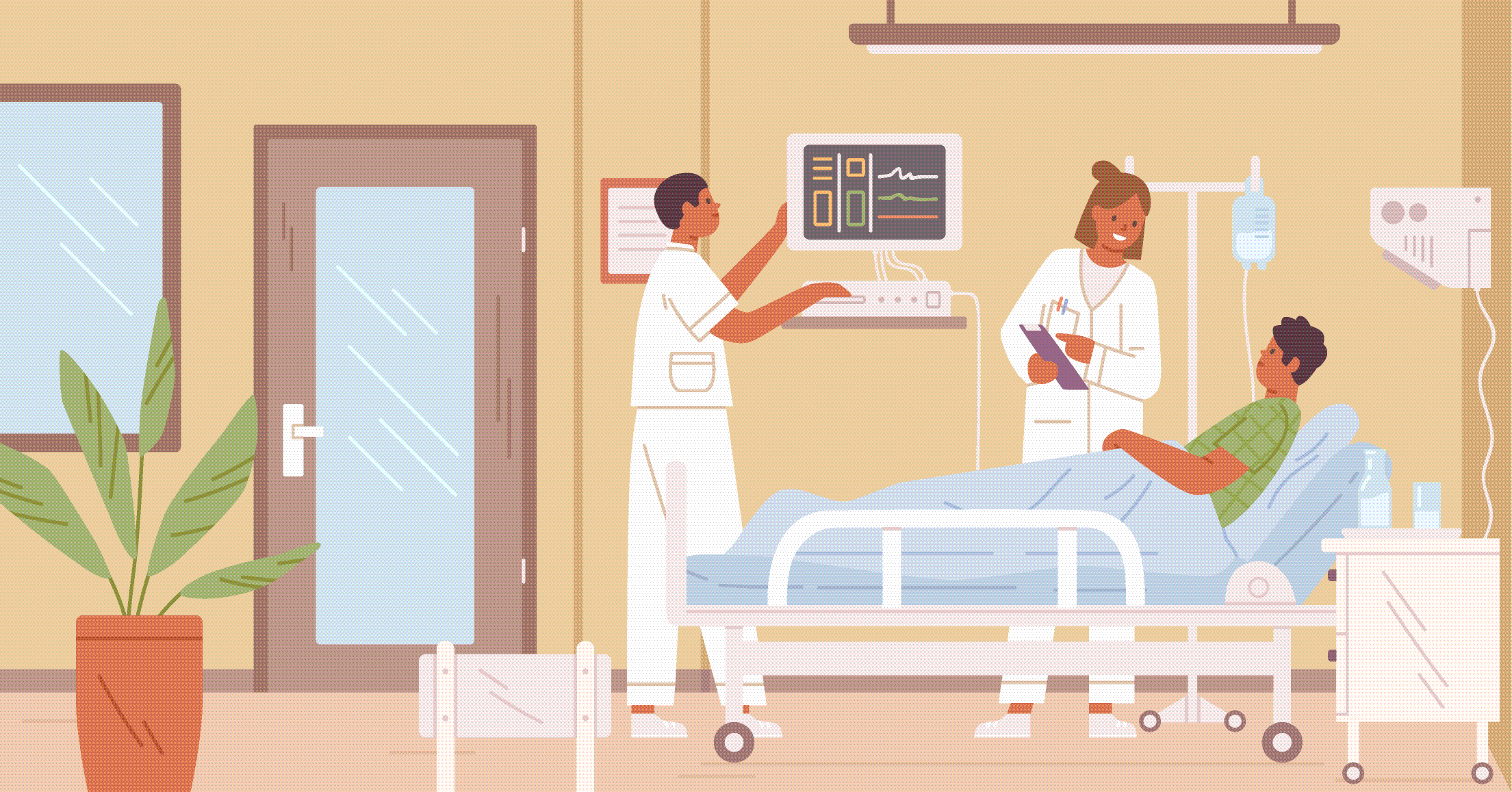What is the ‘balance of benefits and harms’?
Posted on 15th July 2015 by Scott Smith

“The art of medicine consists of amusing the patient while nature cures the disease.”
Here in the 21st century, we know that – though the sentiment of Voltaire’s statement may be true – medicine is a little more complex day to day. Simplistically, and aside from the communicative aspects of the job, medicine is about decisions. Doctors and other healthcare professionals make decisions with and for their patients in what both consider to be the patient’s best interests. In order to come to the correct decision, they need to be able to balance the benefits and harms of each intervention relevant to the patient in front of them.
What are ‘benefits and harms’?
Most would agree that the patient’s ‘best interests’ are in their condition getting better, whether that’s better management of a chronic condition, the relief of pain in acute injury or illness, or the relief of uncertainty through a diagnostic or screening test. It is true that every intervention, whether an investigation or a treatment, brings both benefit and harm to those undergoing it. Benefits include early detection of disease, relief of symptoms, increased quality of life and increased longevity; harms include side effects, overdiagnosis and overtreatment and unnecessary anxiety. An ideal outcome for every patient and healthcare professional is all the benefits of a test or treatment, with none of the harm. Unfortunately, the reality is rather different. Therefore, it is important that students learn to interpret the evidence surrounding an intervention and to apply that information to the patient in front of them.
And in practice?
Take statins, for example; put simply, a drug taken in order to normalise cholesterol levels and, in turn, an individual’s risk of dying from cardiovascular disease. Whilst they have been shown to achieve this, there are some fairly common, fairly unpleasant side effects associated with them. Thus, healthcare professionals must consider whether or not a statin is in the best interests of the patient in front of them.
Think of two patients. They both see the same GP, both have high cholesterol and both have elevated risk of cardiovascular disease. One is 45 years old, the other 90. Both have family history of death from CVD, and both experience the same side effect of statins – generalised muscle aches. For the 45 year old, who has much of his adult life ahead of him, it is likely that the benefit of lowering his risk of death from cardiovascular disease will matter more to him than muscle aches; he would likely be advised to persevere with the drug. For the 90 year old, who has already outlived his life expectancy, his priorities may be maintaining quality – not quantity – of life and, as such, he may be advised that should he want to stop the drug, it wouldn’t be such a bad thing.
In summary…
In the abstract, ‘benefit’ and ‘harm’ are simple enough words to understand. When applied to medicine and healthcare, it’s important to remember that every intervention involves both. The really tough part comes in understanding and balancing the benefits and harms of each intervention and communicating these to each patient, in the context of their condition and their life. This allows practitioners to practise both person-centred care and good evidence-based medicine.
Links
Taylor F, Huffman MD, Macedo AF, Moore THM, Burke M, Davey Smith G, Ward K, Ebrahim S. Statins for the primary prevention of cardiovascular disease. Cochrane Database of Systematic Reviews 2013, Issue 1. Art. No.: CD004816. DOI: 10.1002/14651858.CD004816.pub5.




No Comments on What is the ‘balance of benefits and harms’?
The text is interesting in its goal to discuss the importance of balancing benefits and harms. I was puzzled though, as the importance of harms induced by treatments was downplayed with the suggestion that harms consist of side effects and anxiety symptoms.
Harms induced by treatments are not just side effects, overdiagnosis and overtreatment, and unnecessary anxiety. Harms induced by treatments are responsible for 7.5% of hospital admission and are demonstrated as the 3rd cause of deaths in many countries, like the U.S. This is a serious issue.
I suggest a review of the terminology as this is important. For instance, the term side effect undervalues the importance of harms and should be avoided. Last but not least, early detection of disease is only a benefit if this is associated with an increase in survival rates and an improvement of the quality of life. This is not always the case.
27th September 2018 at 12:46 amBMJ published a special issue on Balancing Benefits and harms in health care in 2004 (No. 7456, July 3). Here is the link
5th August 2016 at 11:08 pm